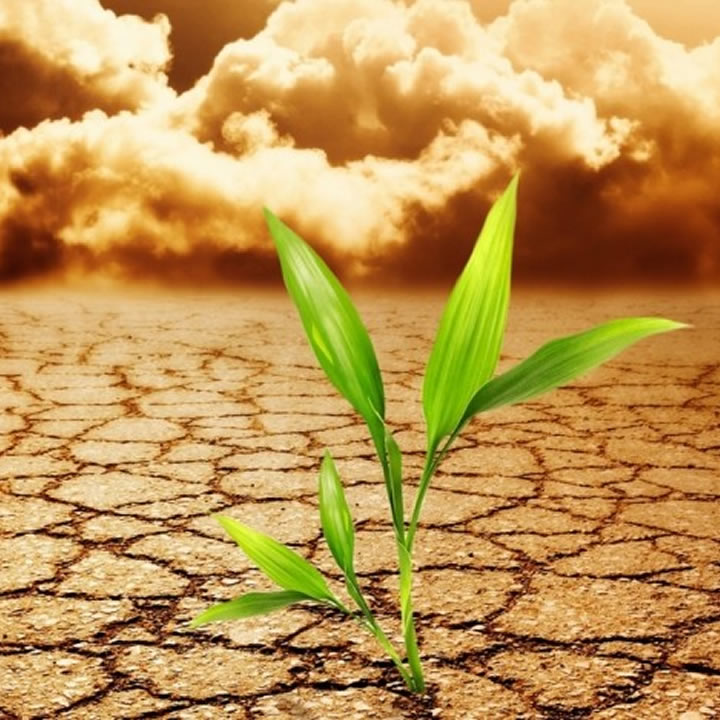The planet’s climate is changing at a rapid pace.
The climate is indeed always influenced by natural factors. The external ones are the Sun, the orbit, and the axis of the Earth, and, for example, a strong volcanic eruption can cool the planet by a few tenths of a degree, but the effect will last only a few years.
There is also internal variability, primarily oceanic processes and its influence on the atmosphere. At the same time, such processes also change under the influence of humans.
But isotope analysis has shown that the concentration of the greenhouse gas CO₂ is increasing due to the burning of fossil fuels, and this can only happen in connection with human activities.
In addition, scientists have learned how to build mathematical models of climate change. And natural factors alone cannot explain climate change over the past fifty years.
The results of observations match with the model only if anthropogenic factors are added to the natural ones.
In addition to rising greenhouse gas concentrations, anthropogenic factors are primarily aerosol particles that reflect sunlight and contribute to cooling – but not all, soot emissions, on the contrary, lead to heating.
There are several effects, but the most significant is the increase in the greenhouse effect, so global warming occurs when all the oceans warm up at the same time. The atmosphere as a whole is also warming, but in terms of the amount of energy, it is only a small addition to the changes in the oceans.
If we take into account many thousands of years, then our planet is indeed steadily moving towards a new ice age. Another question is that the ice age will not come in the next hundred, two hundred, or even a thousand years. Does it matter to humanity now?
But the average temperature of the lower layer of air on the planet is gradually increasing, and this increase is already more than 1°C. But the life of people on Earth is more strongly influenced not by the average increase in temperature, but by climate imbalance – anomalous phenomena, including, of course, waves heat.
The increase in the average temperature on the planet is a conditional indicator. What is important is the extent to which the number of dangerous meteorological phenomena increases due to climate change.
We are talking about the frequency and strength of waves of heat or cold, abnormal precipitation, storm winds, tornadoes, floods. For the whole world, the most serious consequences of climate change for the 21st century are the growing scarcity of water.
For vegetation, an increase in temperature within certain limits is useful, by an increase in humidity. However, these same factors cause the emergence of new pests and diseases.
Indeed, the first place in terms of climate impact is the production of heat and electricity. Industry and transport also make a big contribution.
Greenhouse gases are also formed during deforestation, especially in Indonesia and Brazil. Moreover, in the tropics, forests are not restored. In their place, completely different ecosystems are formed, absorbing CO2 from the atmosphere much weaker.
In different countries, at various levels, there is talk about how to stop the warming of the planet. The right way is to focus our efforts on improving energy efficiency, but very little is being done.
The next step should be the massive development of renewable energy sources to minimize the extraction and use of fossil fuels, primarily coal, and in the future, oil and gas.
Take action against climate change
Climate change is becoming more and more evident! Many are concerned about this and understand that it is necessary to take some kind of action. But not everyone is ready to change their daily habits!
Take control of your company’s offset carbon footprint, helping to become carbon neutral and be a part of the health and well-being of the Earth. The ClimateTrade is a carbon footprint trading marketplace that connects companies willing to offset their carbon emissions to a large number of verified environmental projects.
The ClimateTrade uses blockchain technology (without intermediaries) to ensure complete transparency on different carbon offset projects and secures they follow by a verified carbon standard. ClimatTrade help to combat the climate change process in the most effective and economically efficient way with modern and innovative solutions.

